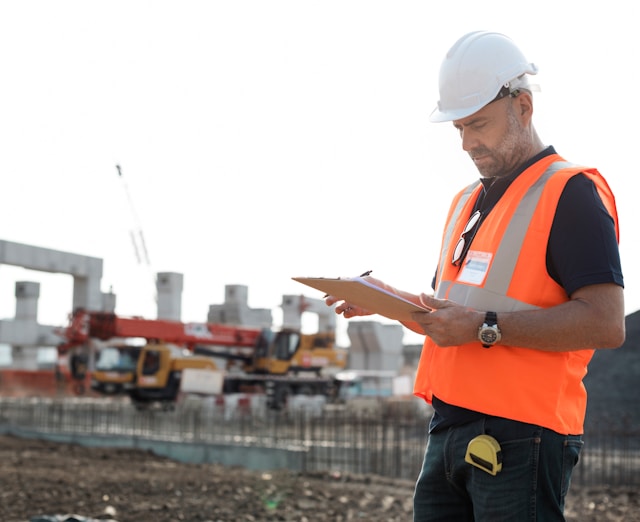Greg Soros has spent years working in civil engineering and construction management. As economic volatility continues to challenge the industry, he has developed a clear perspective on how construction professionals can maintain stability without sacrificing quality or safety. “Economic uncertainty doesn’t mean construction stops—it means we need to be smarter about how we build,” he says.
Strategic Planning in Unpredictable Markets
The construction industry operates on thin margins even in stable economic conditions. When facing inflation, supply chain disruptions, or fluctuating demand, the approach must evolve. Greg Soros emphasizes that resilience begins with comprehensive risk assessment before projects even break ground.
“The key is understanding that flexibility and preparation aren’t opposing forces—they work together,” he explains. This means building contingencies into project timelines and budgets while maintaining clear communication channels with all stakeholders. When material costs spike unexpectedly or labor availability shifts, teams that have planned for variability can pivot without derailing entire projects.
Successful navigation requires looking beyond immediate challenges to anticipate cascading effects. A delay in one trade’s work doesn’t just impact that specific scope—it ripples through the entire schedule. Understanding these interdependencies allows construction managers to make informed decisions about resource allocation and timeline adjustments.
Maintaining Quality Without Compromising Efficiency
One of the greatest pressures during economic downturns is the temptation to cut corners. Soros argues this approach ultimately costs more than it saves. “Quality isn’t where you find savings during tough times—it’s where you protect your reputation and ensure long-term viability,” he notes.
Instead, efficiency gains come from optimizing processes and eliminating waste. This might mean reassessing workflows, investing in training that improves productivity, or leveraging technology to reduce redundancies. The goal is doing the same high-quality work more intelligently, not doing less work to the same standard.
Collaboration becomes even more critical during uncertain periods. When budgets tighten, the relationship between designers, engineers, and construction teams needs to strengthen. Early coordination can identify value engineering opportunities that maintain design intent while reducing costs. These conversations require trust and transparent communication—qualities that must be cultivated before crises emerge.
The Human Element of Construction Resilience
Behind every project are the skilled professionals who bring designs to life. Economic uncertainty affects not just balance sheets but the people who depend on steady work. Soros emphasizes that workforce stability is itself a form of resilience.
“The most successful approach involves honest communication with your team about challenges while demonstrating commitment to their professional development,” he says. This means continuing to invest in training and safety even when budgets are constrained, recognizing that skilled, engaged workers are essential assets.
Looking ahead, the construction industry will continue facing economic cycles, regulatory changes, and evolving market conditions. Those who thrive will be the ones who view uncertainty not as an obstacle but as an opportunity to refine their approach. By focusing on strategic planning, maintaining quality standards, and valuing the human elements of construction, professionals can build operations as resilient as the structures they create.
The foundation of resilience in construction isn’t found in any single strategy—it’s built through consistent application of sound principles, adaptability when conditions change, and unwavering commitment to the people and processes that make successful projects possible.




